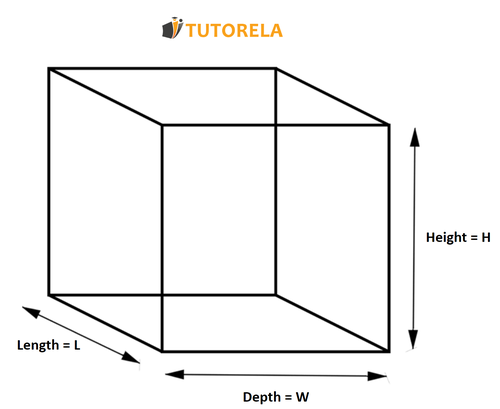If we increase the side of a cube by 6, how many times will the volume of the cube increase by?
Let's denote the initial cube's edge length as x,
The formula for the volume of a cube with edge length b is:
V=b3
Therefore the volume of the initial cube (meaning before increasing its edge) is:
V1=x3
Proceed to increase the cube's edge by a factor of 6, meaning the edge length is now: 6x . Therefore the volume of the new cube is:
V2=(6x)3=63x3
In the second step we simplified the expression for the new cube's volume by using the power rule for multiplication in parentheses:
(z⋅y)n=zn⋅yn
We applied the power to each term inside of the parentheses multiplication.
Next we'll answer the question that was asked - "By what factor did the cube's volume increase", meaning - by what factor do we multiply the old cube's volume (before increasing its edge) to obtain the new cube's volume?
Therefore to answer this question we simply divide the new cube's volume by the old cube's volume:
V1V2=x363x3=63
In the first step we substituted the expressions for the volumes of the old and new cubes that we obtained above. In the second step we reduced the common factor between the numerator and denominator,
Therefore we understood that the cube's volume increased by a factor of -63when we increased its edge by a factor of 6,
The correct answer is b.
